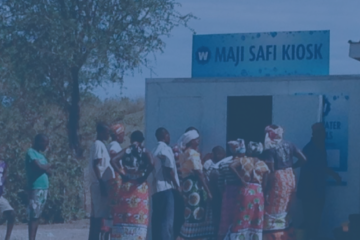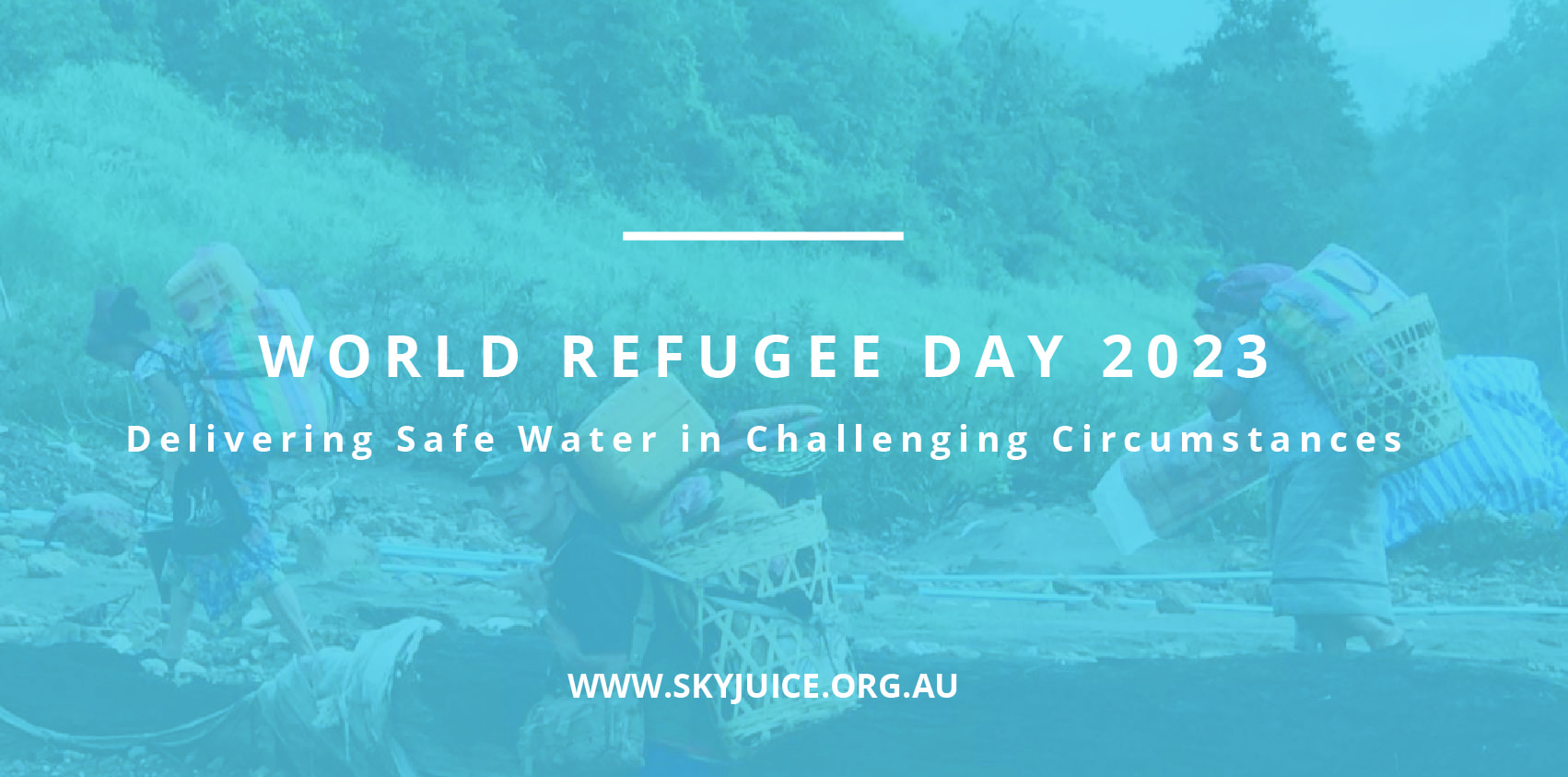It is challenging to gather accurate figures on water-related issues on a global level. Many of the statistics are qualitative, and the difference between quoted figures varies greatly. Regardless of the facts and figures, we follow; the message is clear; too many people globally still live without clean, safe water. The consequences are preventable.
To understand the scale of these issues, organisations with have complied some relevant facts. SkyJuice feels it is essential to be familiar with some basic water facts and the overall global situation. Limited access to safe water has a direct on communities, and the consequences are long-lasting.
Fact 1
No surprises, but there is the same amount of water on Earth now as there was when was formed. In 2020, we essentially consume the same water molecules as the dinosaurs did millions of years ago.
Fact 2
By 2025, half of the world’s population will be living in water-stressed areas. SOURCE: World Health Organisation, Fact Sheet Drinking Water, 2019
Fact 3
Globally, 844 million people lack access to clean water. SOURCE: World Vision
Fact 4
The UN suggests that each person needs 20-50 litres of water a day to ensure their basic needs for drinking, cooking and cleaning. Source:World Water Assessment Programme (WWAP)
Fact 5
Nearly 97% of the world’s water is salty or otherwise undrinkable, while only 3% is fresh. Out of the 3%, a further 2,5% is unavailable for consumption (locked up in glaciers and ice caps, atmosphere or soil; highly polluted or lies too far under the earth’s surface) which that only leaves 0.5% available for human consumption. SOURCE: US Environmental Protection Agency
Fact 6
The global population tripled in the 20th century, but the use of water increased six-fold. SOURCE: 2030 WRG, Charting our Water Future: Economic Frameworks to Inform Decision-making.
Fact 7
An estimated 400 million school days are lost each year due to water-related diseases, with 272 million lost to diarrhea alone. SOURCE: UNICEF Raising Clean Hands: Advancing Learning, Health and Participation through WASH in Schools.
Fact 8
More than three times the current level of capital investment in 2020 is needed to achieve the Sustainable Development Goals on water supply, sanitation and hygiene (WASH). The amount of money needed to meet the other targets of the “water goal” is currently unknown. SOURCE: World Bank, Water and Sanitation Program, The Costs of Meeting the 2030 Sustainable Development Goals and Targets on Drinking Water, Sanitation, and Hygiene.
Fact 9
Regionally, the global limit of ecological sustainability of water available for abstraction is reported to have been exceeded for about one-third of the human population. This will rise to about half of the human population by 2030. SOURCE: The United Nations World Water Development Report 4: Managing Water under Uncertainty and Risk.
Fact 10
An estimated 2.5 billion people lack access to improved sanitation (more than 35% of the world’s population). SOURCE: Centers for Disease Control and Prevention, Global WASH Facts
Fact 11
Unsafe water kills more people globally than all forms of violence, including war. SOURCE: World Health Organisation, Causes of Death 2018
Fact 12
Two billion people, or about 1 in 4, lack access to a toilet or latrine. SOURCE: World Health Organisation
Fact 13
Diarrhea kills 2,195 children every day – more than AIDS, malaria, and measles combined. SOURCE: WHO and UNICEF, Global, regional, and national causes of child mortality: an updated systematic analysis for 2010 with time trends since 2000.
Fact 14
About 88% of diarrhea-associated deaths are attributable to unsafe water, inadequate sanitation and insufficient hygiene. SOURCE: UNICEF, Progress for children: A report card on water and sanitation.
Fact 15
1,8 billion people use a source of drinking water contaminated by faeces. SOURCE: Tropical Medicine and International Health, Global assessment of exposure to faecal contamination through drinking water based on a systematic review.
Fact 16
Unsafe water, poor sanitation and hygiene cause approximately 3.5 million deaths worldwide; the latter estimate represents 25 per cent of the deaths of children younger than 14. SOURCE: UNEP (United Nations Environment Programme), 2016. Healthy Environment, Healthy People.
Fact 17
For every $1 invested in safe water and sanitation, it is estimated that a yield of up to $28 USD is returned in increased economic activity and reduced health care costs. Access to safe water stimulates the economy for the long-term. SOURCE: The United Nations World Water Development Report 2015
Fact 18
The lost time gathering water significantly reduces productive farming time for women in parts of the developing world. With safe water nearby, it’s estimated that women could feed 150 million of the world’s hungry. SOURCE: The United Nations World Water Development Report 2015
Fact 19
In sub-Saharan Africa, women and girls spend an estimated 40 billion hours a year collecting water. SOURCE: UN Women
Fact 20
Reducing the distance to water source from 30 to 15 min increased girl’s school attendance by 12%. Source: A Study in Tanzania quoted in UN Water and Gender Fact Sheet.
Fact 21
Worldwide, the total cost of water insecurity to the global economy is estimated at US$500 billion annually. SOURCE: The United Nations World Water Development Report 2016: Water and Jobs.
When discussing such complex and challenging issues, the response needs to be multi-faceted and include governments, businesses, communities and individuals alike on international and national levels. Saying this, everyone can help. You can support and help us by becoming a SkyJuice member, following us and sharing our content in social media or by making a donation.



0 Comments